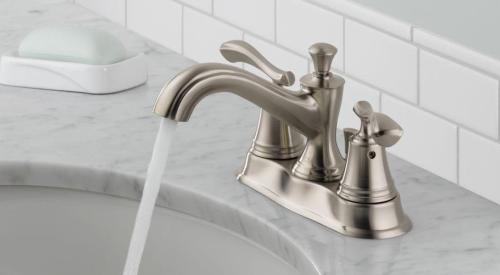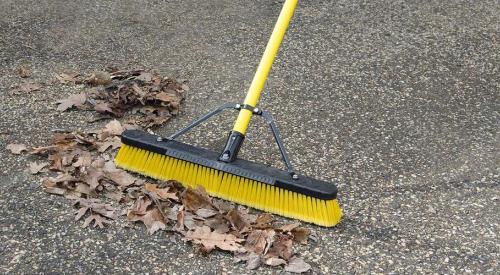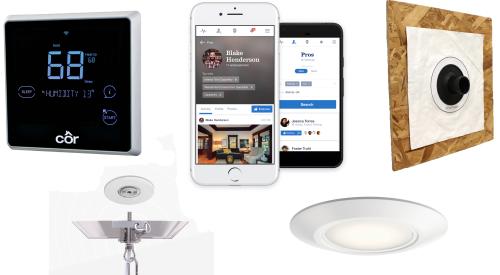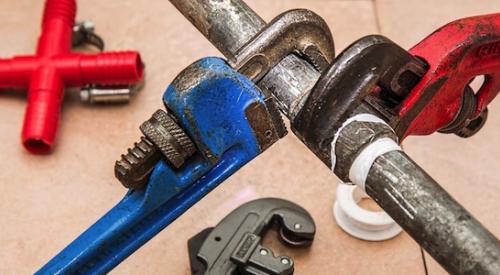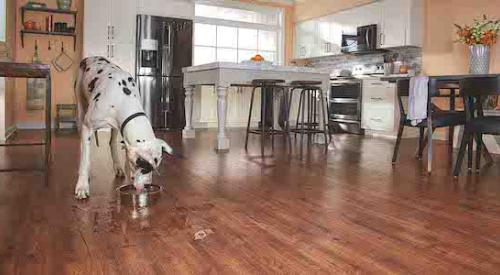Energy usage is a rising concern for any homeowner. About 42 percent of home energy costs stem from heating and cooling, with energy use (and related costs) expected to increase by another 2.4 percent this winter alone.
The start of the New Year marks the perfect opportunity to work together with your clients on new temperature-resilient and cost-effective implementations to help them reduce heating and cooling bills.
1. Seal the Drafts
 Great Stuff Gaps and Cracks Insulating Foam Sealant
Great Stuff Gaps and Cracks Insulating Foam Sealant
An energy-improvement plan is a great way to provide suggestions and recommended products to solve your clients’ drafty needs. To begin developing this plan, conduct a thorough walk-through and examine overlooked areas of the home for gaps, cracks and holes. You also can demonstrate how easy-to-apply products, such as Great Stuff Gaps and Cracks Insulating Foam Sealant, can help seal and secure these areas and provide additional protection around windows and doorways.
Weatherstripping is another basic preventative measure your clients can address and implement themselves. Weatherstrip tape and slide-on door bottoms are great for blocking drafts from entering the home through door frame gaps.
2. Keep Warm With Insulation
 AttiCat Blown-in Insulation System (left), Rheem Indoor Tankless Gas Water Heater (right)
AttiCat Blown-in Insulation System (left), Rheem Indoor Tankless Gas Water Heater (right)
Increasing insulation in the attic, and around water heaters and pipes, can improve heat retention and maintain more consistent and comfortable temperatures. As you work with your clients to evaluate and implement energy-efficient measures, keep these four strategies in mind:
- Wrapping pipes with insulation will prepare homes for those colder days and nights, and prevent moisture build-up during the rest of the year.
- Since your clients may not fully know the type or volume of insulation that is best for them, take a few minutes to review their attic insulation needs and estimate the quantity needed to make an impact.
- Taking a step as simple as insulating the water heater with a blanket can increase stored water temperatures and reduce water heating costs by as much as nine percent.
- Tankless options like Rheem are an excellent recommendation for clients who are ready for a new water heater. These user-friendly alternatives can decrease energy consumption by nearly one-third and are perfect for limited-space properties.
3. Conserve Energy Smarter
Wi-Fi programmable thermostats are just one example of smart tech products that can improve at-home energy efficiency. The Honeywell Lyric Round Thermostat allows homeowners to moderate electricity and gas usage and program temperatures from just about anywhere through a smartphone app. The Lyric thermostat also will measure humidity levels to ensure more accurate temperatures. The ecobee 3 WiFi Programmable Thermostat connects to remote sensors throughout the house to ensure consistent temperatures in all rooms and can even self-program to adjust temperatures based on clients’ schedules.
The weather may be uncontrollable and inconsistent, but making these energy-efficient upgrades will allow homeowners to better manage their energy usage and potentially cut their costs significantly. Click here for more information.

